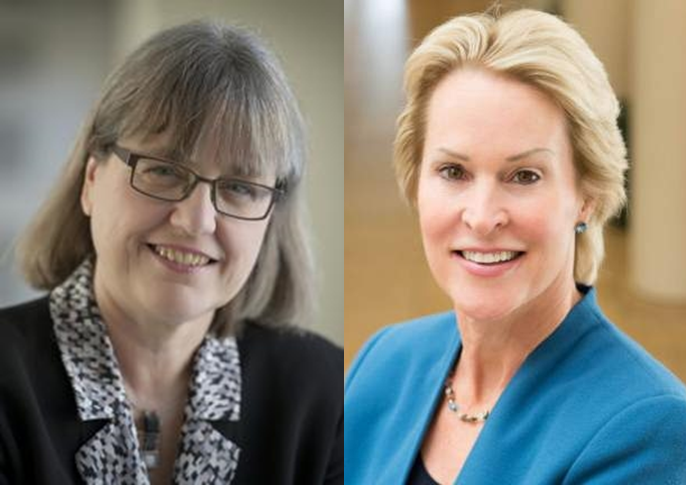November 2018

Dr. Frances Arnold of California Institute of Technology (CALTECH) shared the Nobel prize for chemistry for the discovery of directed evolution of enzymes. She is the 5th woman to win the chemistry Nobel prize preceded by Marie Curie (1911), Dorothy Crowfoot Hodgkin (1964), Irène Joliot-Curie (1935), and Ada Yonath (2009). In Dr. Arnold’s groundbreaking discovery she mimicked the natural selection processes to engineer enzymes that are capable of driving common reactions under unconventional conditions. I would rather call this process as ‘in vitro Darwinian evolution’. The first step of this artificial enzyme synthesis an is an induced-variation – where modified genes coding for the targeted enzymes is incorporated into bacterial DNA. These genes are expressed and used as guides for the production of modified enzymes by the bacteria. In the next step, the produced enzymes are evaluated for their performance towards the expected unconventional reaction conditions -this is the artificial selection process when the lead enzymes are identified (adaptation). Dr. Arnold and co-workers produced a modified subtilisin E enzyme in 1993 that works in dimethylformamide organic solvent (unlike the natural version of this enzyme which only works in water). This provoked its applicability in industrial reactors which revolutionized the field. Provivi, a company founded by Dr. Arnold and 2 coworkers uses this technology in industrial levels to produce insect pheromones for pest control.
Dr. Donna Strickland of the University of Waterloo shared the 2018 Nobel prize for physics with her academic advisor Gérard Mourou becoming the third woman to win a Nobel prize for Physics. She is preceded by Marie Curie (1903), and Maria Geoppert-Mayer (1963). Dr. Strickland is considered as the pioneer of the field of pulsed lasers. 2018 Nobel prize was awarded recognizing her doctoral research findings on chirped pulse amplification technique. This technique is capable of generating an ultrafast, ultrashort laser beam making it useful in precision cutting applications not limited to laser micromachining and corrective laser eye surgeries. Dr. Strickland should be recognized as a generous, down-to-earth scientist that never chased fame over work. Simply, she was not a full professor at the time of Nobel prize awarding and she mentioned to the press that she never applied to be a full professor further mentioning “I do what I want to do and that wasn’t worth doing”.
The future of STEM Nobel prize, however, has little light shone on it since for the first time in history next year Nobel laureate nominators will be asked to consider diversity in choosing nominees. So let’s make this an opportunity to celebrate these great personalities and fingers crossed for many more to come.
---
Malsha Udayakantha
Malsha is a PhD Student in the Department of Chemistry